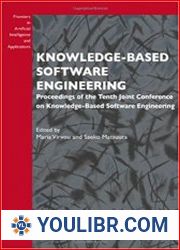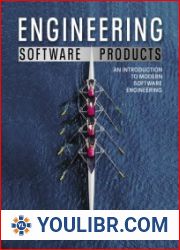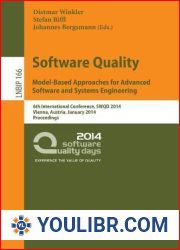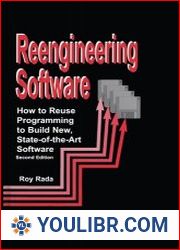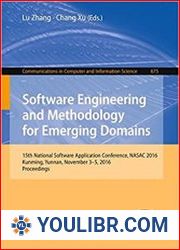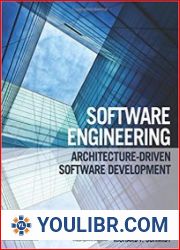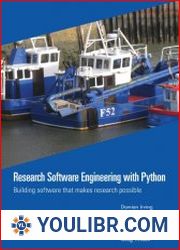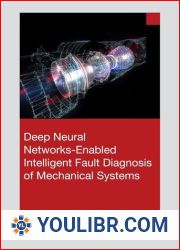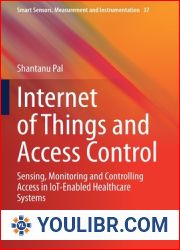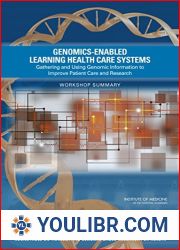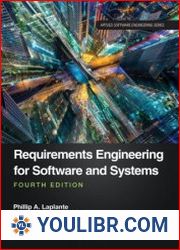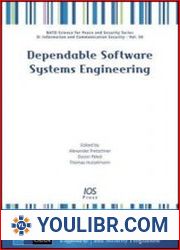
BOOKS - TECHNICAL SCIENCES - Systems Engineering of Software-Enabled Systems

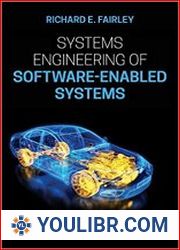
US $7.58

359245

359245
Systems Engineering of Software-Enabled Systems
Author: Richard E. Fairley
Year: 2019
Number of pages: 408
Format: PDF | DJVU
File size: 10.3 MB
Language: ENG
Year: 2019
Number of pages: 408
Format: PDF | DJVU
File size: 10.3 MB
Language: ENG
A comprehensive review of the life cycle processes, methods, and techniques used to develop and modify software-enabled systems. Modern physical systems would be inoperable without software. Software elements provide interfaces among physical elements, coordinate the interactions among software elements and physical elements, enable connections to system environments, and provide some (or most) of the functionality, behavior, and quality attributes of software-enabled physical systems. It is not an exaggeration to state that software-enabled physical systems are ubiquitous throughout modern society, including but not limited to systems in the domains of transportation, communication, health care, energy, aerospace, military defense, manufacturing, ecology, agriculture, and intelligent structures such as buildings and bridges. Software-enabled physical systems include real-time embedded systems (navigation, communication), consumer products (cell phones, microwave ovens), health care devices (pacemakers, heart and lung machines), transportation systems (automobiles, light rail), energy systems (solar and wind farms, power grids), military defense systems (Tomahawk missiles, F-35 aircraft), earth orbiting satellites (GPS, weather), and interplanetary missions (Cassini, Rosetta).







